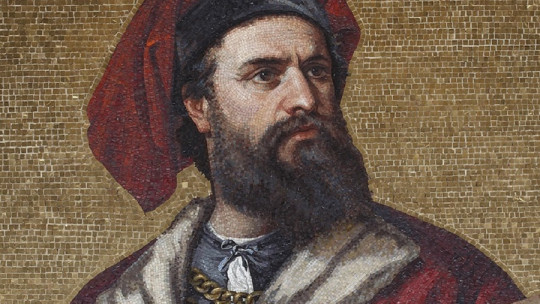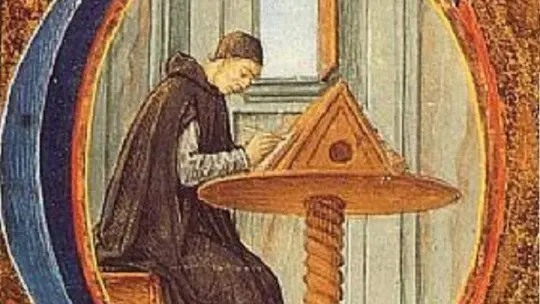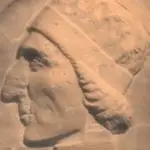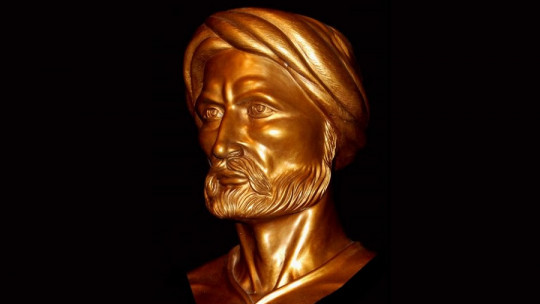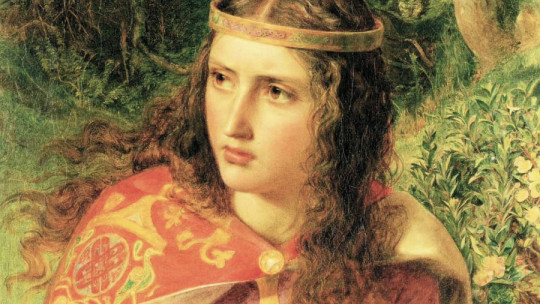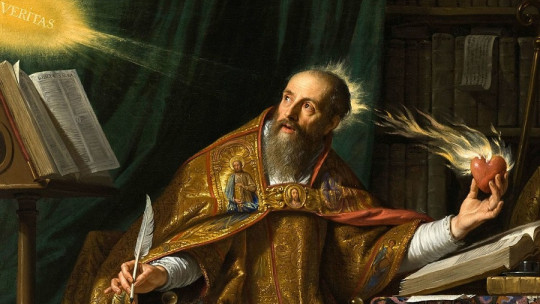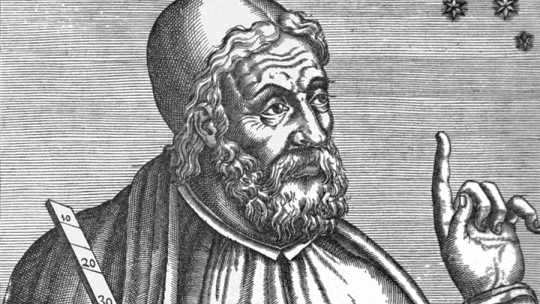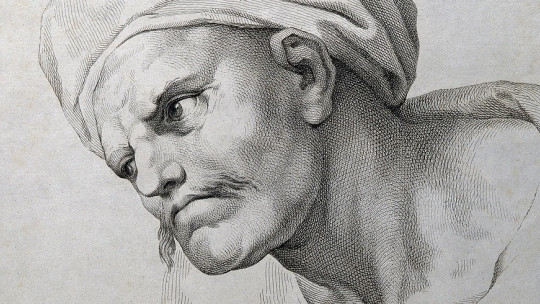He was not the only medieval traveler who left written testimony of his travels. He had already done it by the Chinese Confucian monk Xuanzang in the 7th century, and also later by the Muslim traveler Ibn Battuta in the 14th century. The first traveled from China to Central Asia, and Battuta traveled along the coasts of the Indian Ocean, the Arabian Peninsula and part of Africa in a series of spectacular voyages that had a great impact on the Muslim world.
In Christian Europe we must not forget Rubruquis either, the Latinized name of the Flemish Willem van Ruysbroeck who, more or less at the same time as Marco Polo, was sent by King Louis IX of France to the Mughal court as ambassador, and who He also recorded his journey through Tartary, as the steppe that extended beyond the Crimea was then called.
Why, then, did Marco Polo’s travels have such an impact? What does it do The book of wondersthe well-known and extensive story where the Venetian collects his adventures, a key book in medieval travel literature? In this biography of Marco Polo we will delve into the life of this curious and often enigmatic character and we will try to answer all these questions.
Brief biography of Marco Polo
As happens with so many historical figures, reality and legend are confused in the life of Marco Polo. And he himself did a lot to make it this way: his book of wonders It is full of real references, but also many inventions. Some scholars even question whether Polo reached China. Let’s dig a little into his biography.
Venice, the Crusades and the East
After the fall of the Western Roman Empire, Venice was just a village built on unstable marshes The geographical location of the city was eminently strategic: the inhabitants of Veneto who fled from barbarian invasions took refuge there. The complicated Venetian orography, dotted with lagoons and mudflats, facilitated its isolation and protected it from the continuous attacks of its enemies.
But in the 13th century, the panorama in the city of canals had changed. Venice was no longer that village built on mud and turbulent waters, but had become a true commercial power. The city constituted the border between Christian Europe and the unknown East, and Venetian merchants always placed their aspirations towards the east. In fact, the so-called Silk Road had been running for many centuries (a name, by the way, applied in the 19th century), which commercially connected distant China with Europe, passing through the heart of Asia
The Fourth Crusade had meant the absolute consolidation of Venetian trade in eastern Europe. It all started when the crusaders asked rich Venetian merchants for financing in exchange for part of the profits from the war. In 1204, the crusaders sacked the capital of the Byzantine Empire, Constantinople, and the Venetians managed to take a large amount of loot. Among the goods that arrive in the city of canals are the majestic bronze horses from the Hippodrome of Byzantium, which were arranged on the façade of the Basilica of Saint Mark itself.
The terrible sack of Constantinople and the enormous profits that the Venetians extracted from it made it easier for Venetian merchants to open a series of branches in Constantinople. The Polo family is not going to be less; After living for a few years in the Byzantine capital, they moved to the port of Soldaia, in Crimea, a very important point for trade with Asia. From there, The Polo brothers (Marco el Mayor, Niccolò and Matteo) begin an impressive journey of more than fifteen years , which takes them to follow the caravan route that goes into the mysterious and fascinating East. It is the 60s of the 13th century.
The young Marco
When Niccolò and his brothers return to Venice, the former finds that his wife has died and that the son (whom he does not know), Marco, is now fifteen years old. Niccolò, very pleased with that intelligent and alert boy, takes him with him on his second trip, but not before remarrying another woman with whom he will not share existence either. The year is 1269. Marco Polo will not return to Venice until twenty-three years later.
The first four years of this great journey are spent by the Polo family, now with the youngest in tow, traveling through the Middle East and Central Asia. In 1275, that is, six years after his departure, they arrived before Kublai Khan himself, emperor of the Mughals, who took a special affection for this young Venetian in his early twenties. According to Marco Polo in his book of wonders, The Khan trusts him to the point of sending him to the newly annexed southern lands, Burma, as an ambassador
If we are to believe the version that the author puts forward in his work, the Khan required his services for more than two decades. In reality, the Mughals were perfectly accustomed to finding European travelers in their lands: Russians, Germans, Franks and Arabs, among many others, swarmed along the Silk Road.
Central Asia was a bridge through which, since time immemorial, the East and the West were connected, so the Western human being was not at all unknown to the inhabitants of the steppe and distant China. Not even the Christian religion was; For centuries, Nestorian monks had traveled throughout Asia founding monasteries, which, by the way, gave rise to the medieval legend of Prester John, an enigmatic Christian king who lived in the far reaches of Asia.
Return to Venice and imprisonment
Marco Polo spends his entire youth in Asian lands; It is not until the year 1295, when he is over forty years old, that he returns to Venice. After so many years of wanderings and adventures, it seems that Marco wants to rest. So he settles permanently in the city of canals, where he gets married and takes the reins of the Polo family businesses.
The resplendent Republic of Venice had, as one might suppose, a multitude of enemies. Among them was the city of Genoa, its main commercial competitor in the eastern Mediterranean. Without knowing exactly why, Marco Polo falls into the hands of the Genoese and is imprisoned The year is 1298; The traveler who has traveled so many lands will be forced to remain confined for a year in a cell.
The prison period turns out to be extremely fruitful for Marco, since it is during these years in the Genoa prison that he writes (or, rather, dictates) his book of wonders. In his seclusion he coincides with Rustichello of Pisa, a rather erudite writer who was the author of several chivalric romances and who had served in the Crusades. Marco Polo unites his experiences in Asia with Rustichello’s literary talent, and both make up what would be the masterpiece of medieval travel books.
Il Milione, The book of wonders either Marco Polo’s travels
In these three ways this masterpiece of the so-called literature of wonders or mirabilia is known, a medieval genre that compiled journeys through exotic and distant lands, not always with a realistic intention. He book of wonders Marco Polo is certainly no exception. In it, The traveler combines the memories of the trips made with his father and uncles with elements extracted from an exalted imagination which many authors have related to the fertile pen of Rustichello, more accustomed than Marco to dealing with literary themes.
As it could not be otherwise, the book is a real success. In Italy it began to be known as Il Milione, in reference to the number of fantastic and exciting stories it tells. Some authors maintain that the name may be an insinuation to the lies that Marco tells and that his contemporaries never fully believed; hence the allusion to the “million” fantasies in the story.
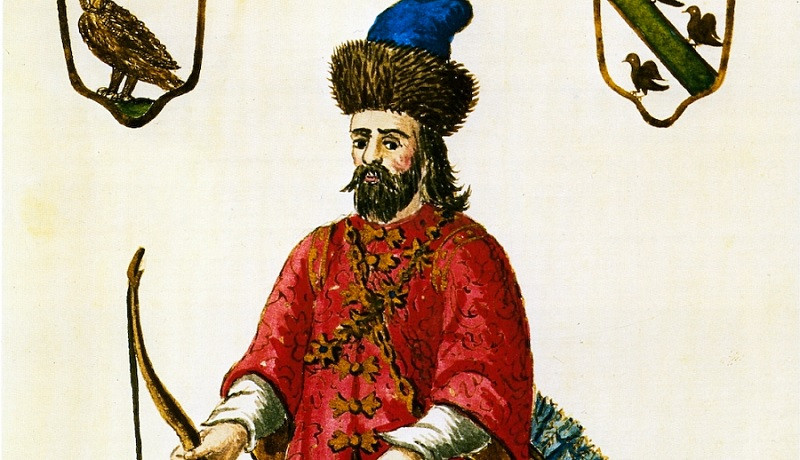
Yes, perhaps the Europeans of the time never believed all the wonders of the text (after all, the veracity of some of its parts is still in doubt today), but that was not an impediment for the work to be an authentic best-seller. We do not preserve the original, probably written in Franco-Italian, but we do preserve more than a hundred copies that were made subsequently to satisfy public demand. Unfortunately, all of these copies differ significantly in some aspects, making it impossible to establish what the original story was like.
Stories of travel or wonders made it easier for readers to escape from their own world. The medieval mentality, in addition, liked a lot of the strange, unusual or exotic , so the authors often seasoned their writings with the most bizarre episodes and with fantastical beings that, far from making the public frown, fueled their passion even more. Thus, Polo introduces into his story the famous cynocephalians, men with dog heads that, supposedly, he had found in Asian lands.
Medieval geography established monsters (a name that refers to something unusual, not always horrible), in the unknown ends of the world; Many maps of the time show strange characters on the borders. These lands were the perfect setting for setting fascinating stories, often dotted with curious beings.
The death of the traveler
Marco Polo was freed and returned to his hometown in 1299, under the peace treaty between Genoa and Venice. The last years of his life we find him living peacefully and quietly with his family and attending to his business. The famous traveler died at sunset on January 8, 1324. According to tradition, before dying he said that what he had written in his book was not even half of everything he had seen in Asia.
Did Marco Polo tell the truth? Leaving aside the wonders that are obviously the fruit of imagination, it is evident that his Asian journey is real. However, many historians doubt that he would have reached China, or even that he would have worked for Kublai Khan, the Mughal emperor. Those who claim this are based on a series of errors and contradictions that can be traced in their book of wonderssuch as the author never mentions the Great Wall or the tea ceremony during his stay in China
Whether or not everything the traveler tells is true, what is certain is that Marco Polo’s travel book influenced an entire generation of Europeans and spurred the thirst for world exploration. It is no exaggeration to consider works like Il Milione the precursors of the great age of discovery, which occurred just over a century later.

